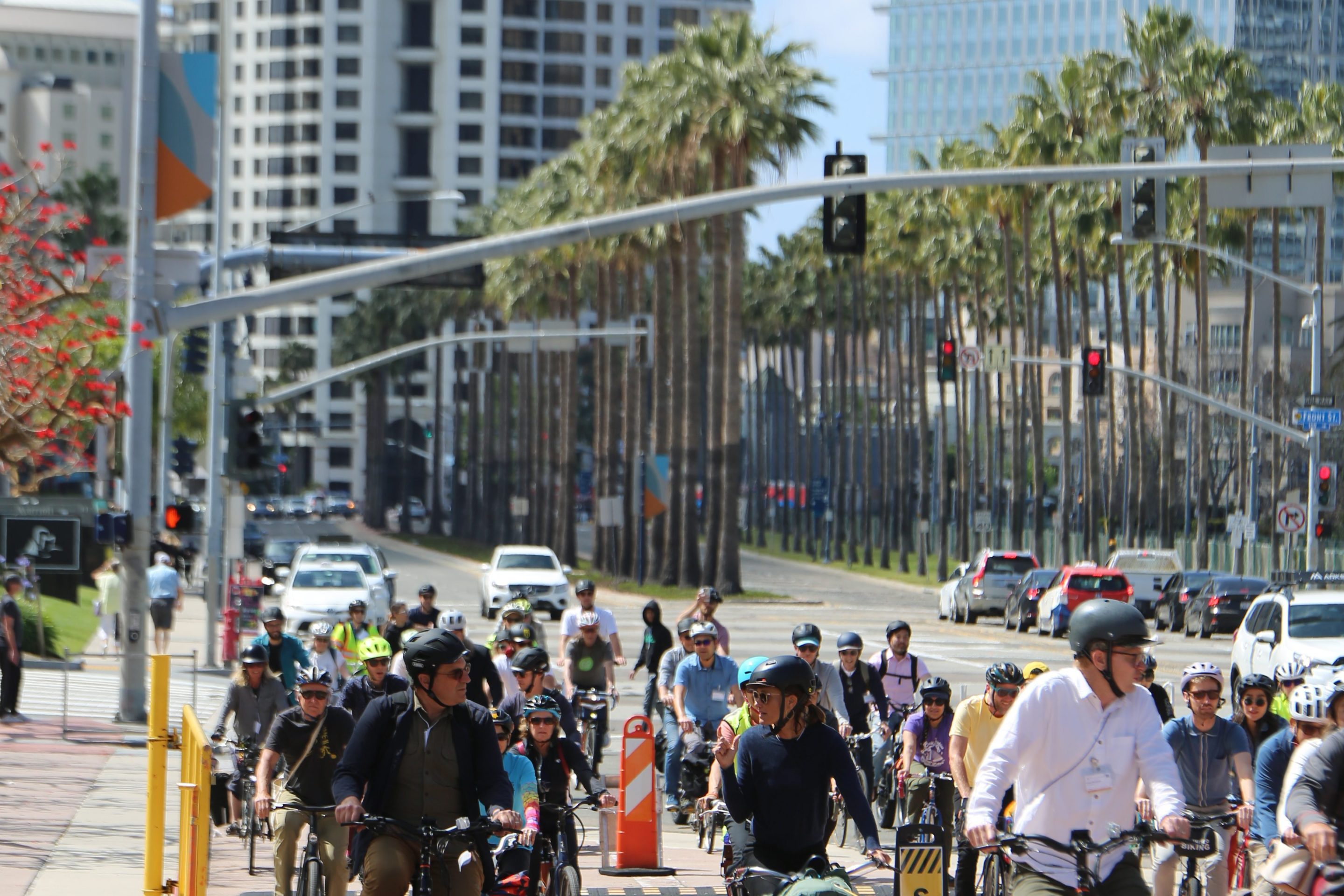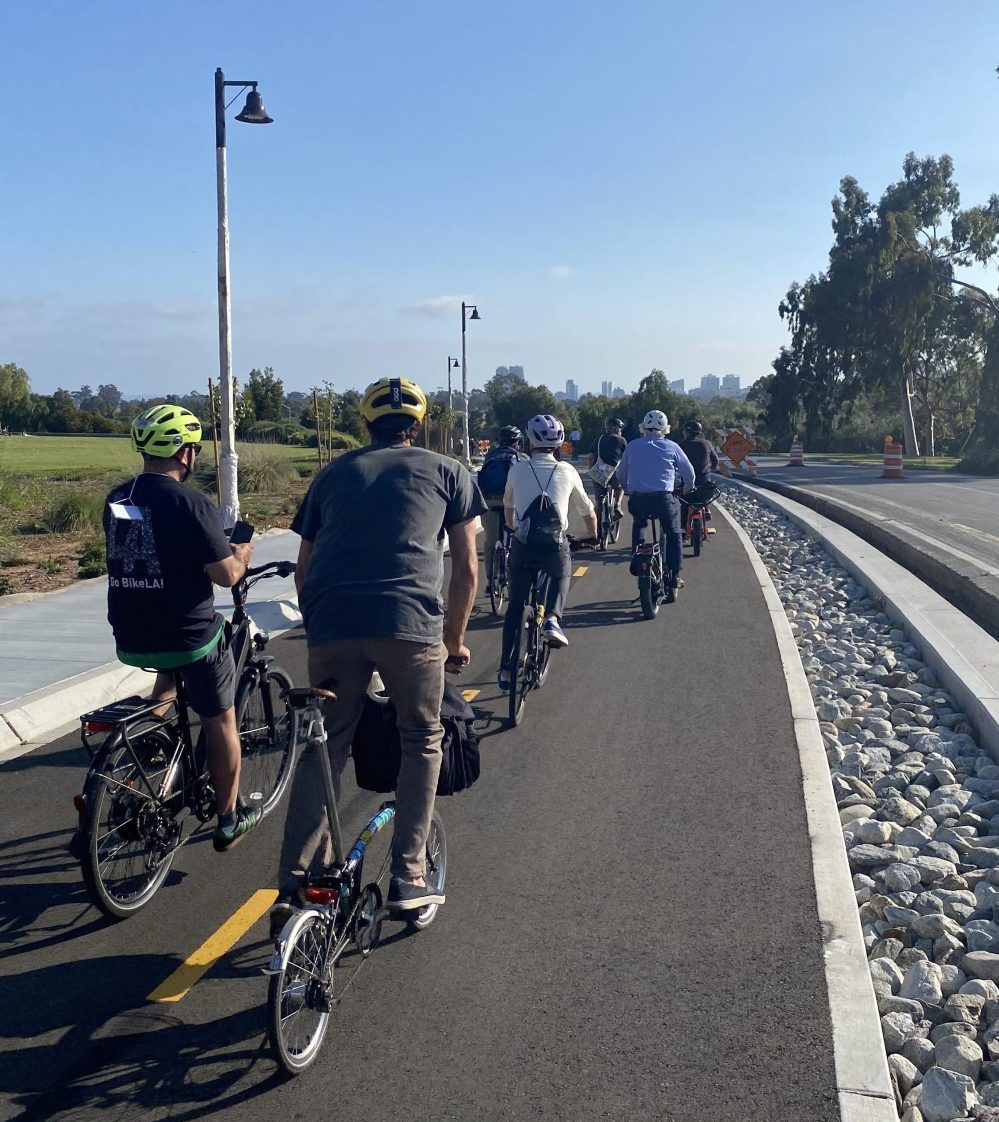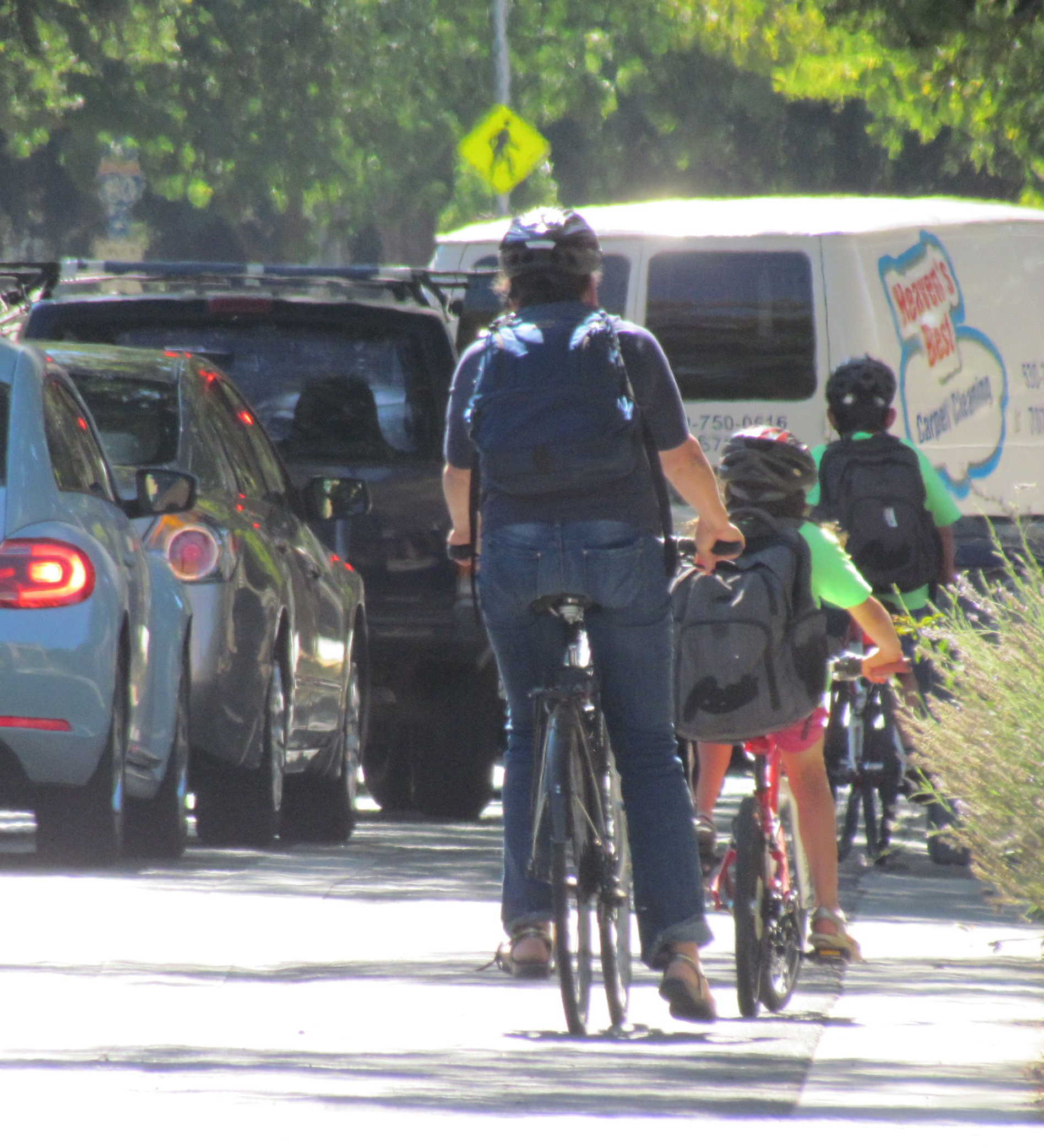The California Air Resources Board just released the results from the latest - the 15th - joint California-Quebec cap-and-trade auction, and the program seems to be performing as hoped. That is, the price of emission allowances is rising steadily, and is well above the government-set floor price. Also, the market for allowances is quite stable.
The point of cap-and-trade is not to solely make money, but rather to place a monetary value on pollution and charge industry for emissions. This auction raised $740 million for California's Greenhouse Gas Reduction Fund, and $190 million (in US dollars) for Quebec's climate investments.
Katelyn Roedner Sutter at Environmental Defense Fund explains some of the reasons behind the strong showing and notes some interesting points about the auctions.
For example, all of the "current" allowances were sold this time, at a price of $17.45 per metric ton, which is $1.83 above the floor price of $15.62. This is the highest price and highest premium on the floor price seen in any California-Quebec auction, and is $1.72 higher than the February 2019 clearing price.
This is the first auction since August 2017 that has not included previously unsold California allowances. That led to fewer allowances being offered for sale (14.5 million fewer than last time). Unused allowances can be auctioned after two consecutive sellout auctions, but since May 2017 all the quarterly auctions have sold all available allowances - which means there are probably no unsold allowances out there. That tightens the supply and helps raise the price.
All of the "future vintage" allowances - which cannot be used until 2022 - also sold above the floor price, at $17.40 per metric ton. More than nine million of those allowances were offered. Between now and 2030, California's emissions cap will become more stringent, and the anticipation of tighter future supply is likely driving these prices up. Although higher at this time, prices for these allowances will be even higher after 2020, when supply tightens further.
It is important to remember that the point of these auctions is first to find a way to put a monetary value on emissions, and second to encourage polluting industries to find a way to stop polluting, either by cleaning up their processes or technologies or transitioning to a different business model or whatever it takes. The end goal is less pollution, not money to mitigate pollution.
Sutter also mentions another element in all this: a preliminary report from the California Department of Tax and Fee Administration shows that fuel tax revenue, which is one indicator of how much fuel people are buying, fell last year. This is not great news for the transportation programs that rely on gas tax revenue, but it could be an indication that transportation emissions, which have become the largest source of emissions in the state, might be on a downswing. It is too early to tell, but still.
See Sutter's post at EDF for more details.





